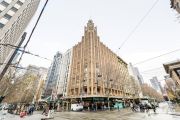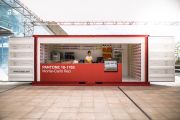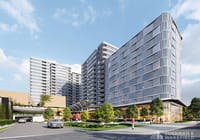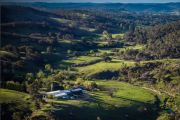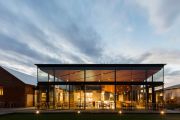
Newcastle light rail is set to unlock previously neglected retail areas in the CBD: Herron Todd White
The ability of shoppers to move around more easily as a result of the introduction of light rail to Newcastle’s CBD is set to reduce the discrepancy in rents in different retail pockets along the city’s main trading areas, according to a leading valuer.
Changes to the layout of the CBD following the removal of heavy rail infrastructure and the subsequent opening up of pedestrian access, as well as the implementation of a multi-stop light rail service which commenced service in February, would likely unlock the potential of previously neglected retail areas, according to Herron Todd White’s May Monthly Review, which focused on the state of small strip retail in Australia’s metropolitan and regional markets.
“We’re expecting this easier carriageway to eventually see somewhat of a flattening out of the rental differential for retail property between Honeysuckle and strip retail along the eastern end of Darby Street for example,” the report authors wrote.
Colliers International Newcastle director of commercial sales and leasing, Peter Macadam, said that the changes had been most pronounced in the commercial office sector following the installation of the light rail, but that ground-floor retail leasing activity along Hunter Street was also enjoying a resurgence – citing an overall commercial vacancy rate of 2.8 per cent for the city market.
“The light rail has changed how people think about business in town,” said Mr Macadam, adding “it’s now ridiculously easy to get around”.
The light rail was also encouraging shoppers to explore the full length of Hunter Street, fuelling demand for retail space beyond the traditional leasing hot spots.
“The light rail has opened up all of Hunter Street – before it used to be in pockets.”
Shoppers may start at one end of Hunter Street and “catch the light rail down the other end just to have lunch,” said Mr Macadam, explaining that the flat hourly fare motivated people to use the light rail as much as possible.
Mr Macadam said that businesses had been reassessing their office requirements ever since the truncation of the heavy rail line in 2014, and were now gravitating towards the CBD in an effort to boost staff retention.
“It [the CBD] is now a better location with better corporate amenity,” he said, pointing to the impending relocation of accountancy firm DFK Crosbie from suburban Warrabrook to the CBD-adjacent Newcastle West as evidence.
Sales slower, market in decline
Despite the changes brought about by the arrival of light rail, retail sales activity in the broader Newcastle area have declined in the past 6 months – largely inline with the rest of the east-coast markets, the Herron Todd White review found.
“Sales activity in the retail sector slowed significantly over the past six to 12 months,” the review said, referencing the “greater macro-economic environment” and specifically the banking royal commission.
Herron Todd White categorised Newcastle alongside Coffs Harbour and Melbourne as a ‘market starting to decline’. while Sydney and Geelong were categorised as ‘approaching peak of market’ and Brisbane and the Gold Coast were approaching the peak of the cycle.
“Of the sales we have seen [in Newcastle], selling periods have increased and yields have now begun to soften for assets of a multi-tenanted nature or those that might indicate a higher-than-average cash-flow risk,” the report said, citing a recent sale of an former KFC restaurant at 227 Hunter Street that had been transformed into a multi-tenanted retail and office property.
The property sold in February for $3.95 million, reflecting a yield of 7.12 per cent (based on the advertised passing rental), a few months after it had passed in at auction. According to Herron Todd White, initial asking prices for the property reflected a yield of about 6 per cent to 6.25 per cent.

